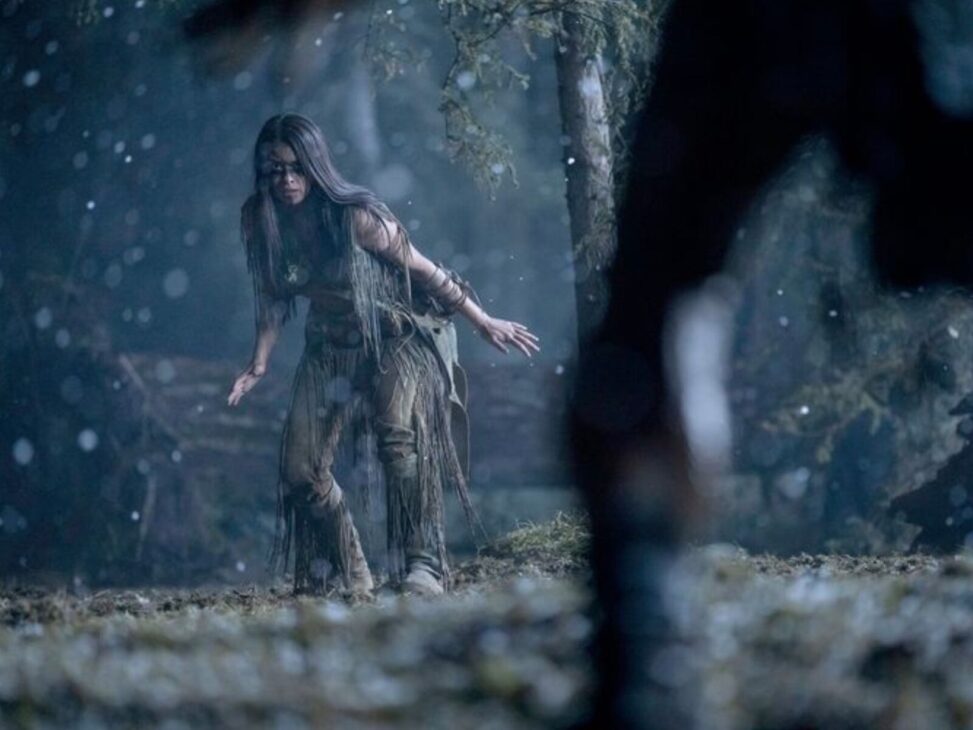Part A: Prey Analysis (500 words)
Prey uses hunting as both a literal and metaphorical commentary on power, survival, and resistance. The Comanche characters (especially Naru and her brother) hunt for survival, treating it as an ethical practice rooted in respect for nature and communal well-being. In contrast, both the Predator (alien hunter) and the French fur trappers hunt to assert dominance, treating their prey merely as trophies or commodities. This clash frames hunting as an act that reveals the motives and values of different groups, with survival for the Comanche, power and brutality for the others, and resistance embodied by Naru’s struggle against both external threats and social expectations.
Masculinity in the Hunters:
• Predator: Embodies exaggerated, violent masculinity—relentless, brute force, technologically superior, but ultimately unreflective and lacking respect for any code.
• Fur Trappers: Exhibit colonial, exploitative masculinity—dependent on firearms and traps rather than skill, motivated by greed and control over the environment. Their technology separates them from the land and its rhythms.
• Comanche Warriors: Represent traditional, community-oriented masculinity, with hunting viewed as a rite of passage and a demonstration of responsibility, discipline, and interdependence.
While earlier Predator movies center on the “hardbody” action hero (like Schwarzenegger), Prey subverts this model by making Naru—a clever, determined young woman—the protagonist. She does not rely on sheer physical power or hyper-masculine traits, but on resourcefulness, observation, and quick adaptation. The film thus challenges the classic action hero archetype, showing that intellect and emotional intelligence are equally powerful weapons for survival and resistance.
Parallels Between Predator and Fur Trappers: Both use advanced technology with little respect for what or whom they hunt, seeing the natural world and its inhabitants as objects for domination rather than mutual engagement. The predator’s trophy hunting and the trappers’ overhunting both highlight themes of ecological disregard and violence for pleasure or profit.
Naru’s Character: Naru breaks from traditional action hero and Indigenous representations in Hollywood. She is not presented as mystical, passive, or merely a victim. Instead, she’s portrayed as fiercely competent, learning quickly, driven by curiosity, and able to outthink threats. However, by positioning her as a lone hero, the film occasionally risks flattening her complexity, echoing familiar Western tropes, but overall presents a positive, nuanced Indigenous protagonist who is empowered through her own agency rather than external validation.
Three Notable Shot Segments:
1. Mouse-Snake-Predator Sequence (13:45–13:53): Slow pan and shift in focus show the chain of predation, symbolizing the food chain and Naru’s place within it. The extreme close-up adds tension and offers a predator’s POV.
2. Swamp Fight: Tracking shots and rapid edits mirror Naru’s tactics as she lures the Predator into a trap, using its own mask against it. The rhythm of editing emphasizes her cunning and energy.
3. Nighttime Camp Attack: Wide shots contrast the fur trappers’ chaos with Naru’s calculated movements. Quick cuts and shifting perspectives highlight her adaptability and tactical awareness.

Provide Feedback